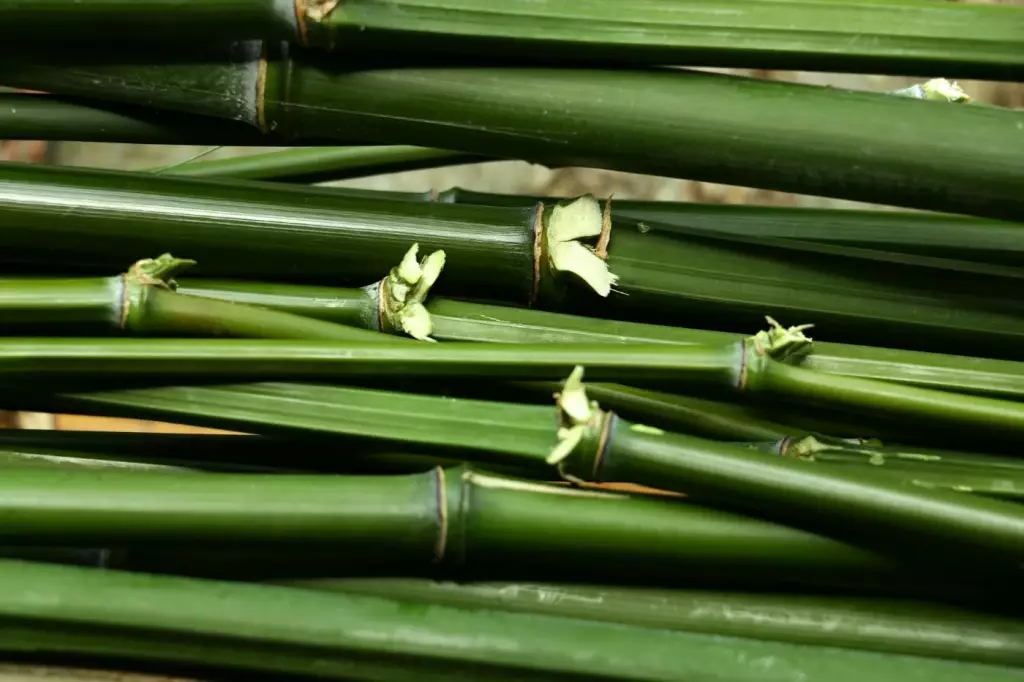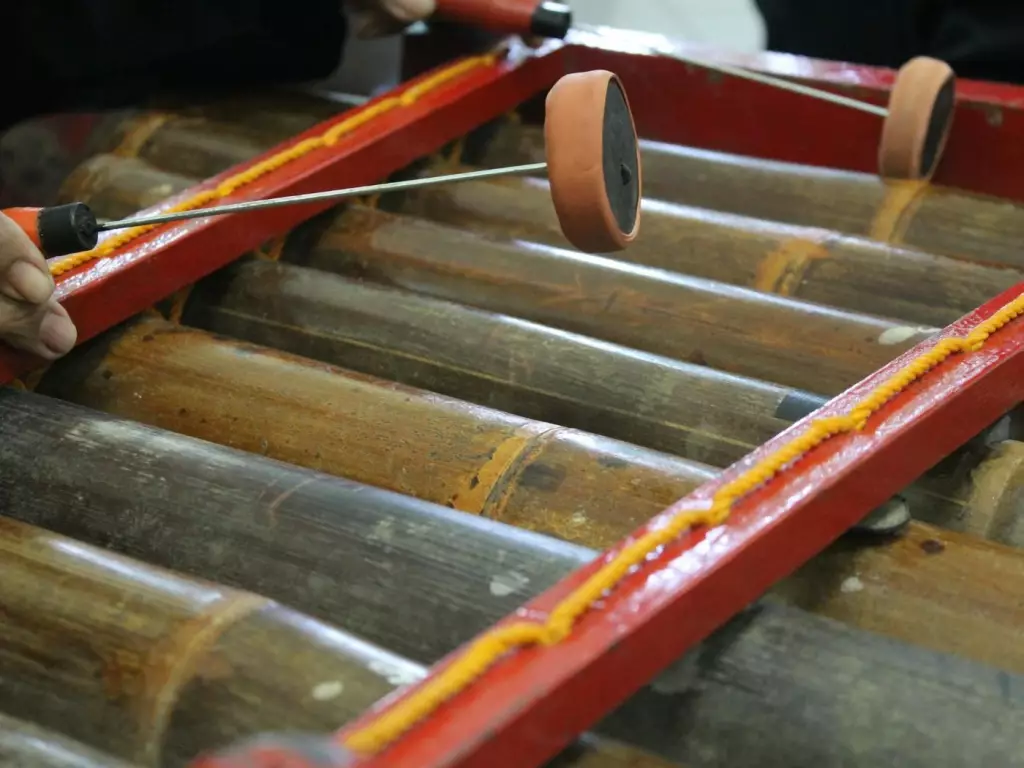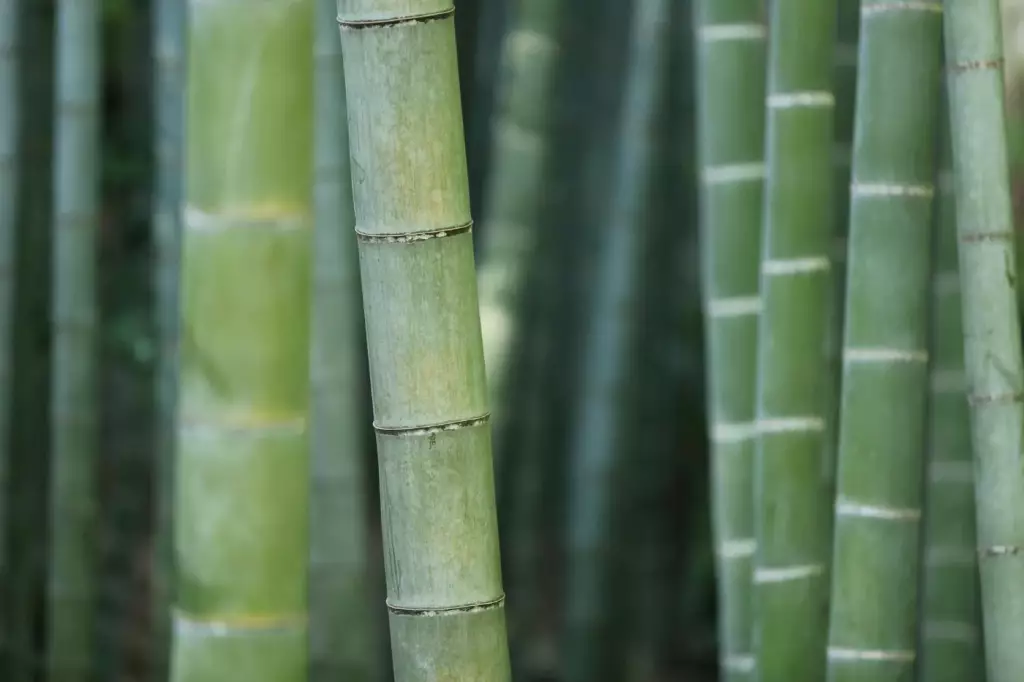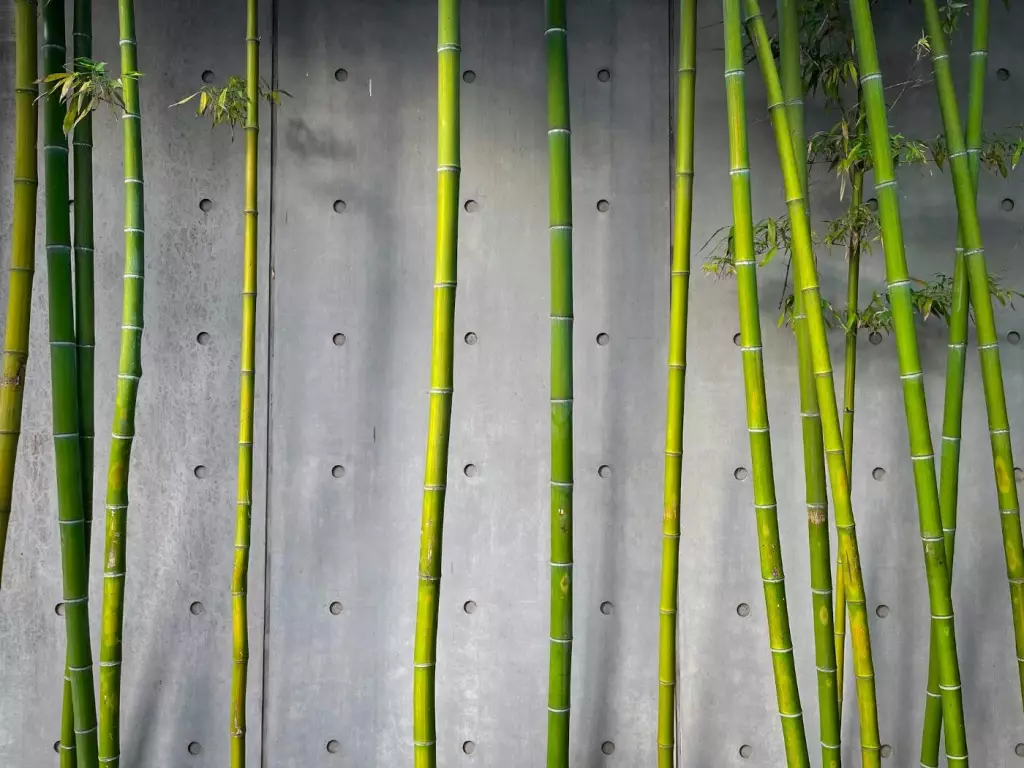How to Sell Bamboo for Profit: A Detailed Guide (2024)
In 2024, the global bamboo market is expected to exceed $72 billion, showcasing its vast potential for entrepreneurs and farmers alike. This surge in value highlights the increasing demand for sustainable and eco-friendly products, with bamboo at the forefront of this green revolution. This article will provide comprehensive insights into tapping into this lucrative market, emphasizing cultivation techniques, market analysis, and strategic sales approaches to maximize profits.
Selling bamboo for profit involves identifying market needs, such as landscaping, construction materials, or eco-friendly products. Cultivate popular species, leverage online platforms for broader reach, and target local businesses. You can also diversify bamboo products to increase revenue streams.
For sustained profitability in bamboo sales, you also need to adopt environmentally responsible cultivation methods and adapt product offerings to meet evolving consumer preferences and environmental regulations. In the following sections, we'll delve into actionable strategies that can help you implement these critical steps.
Summary
- Success in the bamboo market relies heavily on innovative product design and development, catering to trends in sustainable home design and expanding the product line to include diverse bamboo-based items, from furniture to edible shoots.
- Effective marketing strategies, including establishing a strong online presence and leveraging direct sales and wholesale distribution, can help the target market and maximize profit margins.
- Adhering to regulatory compliance and embracing sustainable and ethical practices in bamboo cultivation and product manufacturing is vital for the business's longevity and the well-being of the environment.

On this page:
A Detailed Guide to Selling Bamboo for Profit
| Guide to Sell Bamboo for Profits | Key Points |
|---|---|
| Transform raw bamboo into innovative products | - Understand bamboo cultivation, design, and product line expansion. |
| Leverage how you market your bamboo products | - Conduct market analysis, utilize online marketing, and employ direct sales approaches. |
| Select the right sales channel | - Explore retail opportunities, wholesale distribution, and online marketplaces. |
| Effective financial planning | - Calculate costs and revenues, focus on investment strategies and manage growth. |
| Legal and environmental concerns | - Ensure regulatory compliance, focus on sustainability, and manage invasive species. |
Transform Raw Bamboo Into Innovative Products
When you embark on the journey of selling bamboo, successful product creation is a cornerstone for turning a profit.
Understanding the essentials of bamboo cultivation, innovative design and development, and strategic product line expansion will set your business apart in the competitive market.

Design and develop unique bamboo products
Your bamboo products should not only be functional but also possess an aesthetic appeal that caters to sustainable home design.
Whether it’s crafting furniture, privacy screens, or garden art, the design phase is where your vision comes to life.
Focus on popular trends like minimalism for home decor or efficiency for building materials. Embrace innovation by creating value-added products such as edible bamboo shoots, bamboo leaves teas, or stylish vases.
Product line expansion
Expanding your product line is a strategic move to increase your market share and profit margins. As you grow, consider diversifying into textiles or specialized bamboo varieties for furniture.
Each new line should complement your existing range of various bamboo products, like potted bamboo plants for easy sale or parrot stands for pet lovers.
Remember, each bamboo nursery product can cater to different customer needs, creating multiple streams of income.
How Do I Sell My Bamboo?
In the bamboo business, your success hinges on solid marketing strategies that will get your product to the right customers.
Leverage how you market your bamboo products
Below is a discussion on how to successfully sell your bamboo, covering various aspects from online presence to pricing and shipping.

Establishing an online presence
In today's digital age, having an online presence is non-negotiable for businesses aiming to reach a broader audience.
Platforms such as Etsy and eBay are great starting points due to their vast user bases and ease of setup. They offer a ready-made audience looking for products just like yours. However, while these platforms provide visibility, they also come with competition and fees.
Creating your website offers a level of control and personalization that third-party platforms cannot match. It allows you to craft your brand's story, showcase your products in the best light, and interact directly with your customers.
Utilizing SEO (Search Engine Optimization) techniques can also enhance your visibility in search results, drawing more traffic to your site.
Marketing your bamboo
Social media platforms are invaluable tools for reaching out to potential customers. By showcasing the quality, versatility, and sustainability of your bamboo through engaging content, you can attract a following.
- Platforms like Instagram and Pinterest are particularly useful for visual products like bamboo.
- Networking with local businesses offers another avenue to market your bamboo.
- Garden centers, home decor stores, and even local artisans may be interested in your products for resale or as part of their projects. This not only opens new sales channels but also builds community ties.
Pricing considerations
Your price should reflect not only the costs involved but also the value your bamboo provides to customers. Researching what similar products sell for can give you a competitive edge.
| Bamboo Product Category | Estimated Price Range |
|---|---|
| Bamboo plants | $10 - $100+ |
| Bamboo furniture | $50 - $500+ |
| Bamboo flooring | $2 - $8 per sq. ft. |
| Bamboo utensils | $5 - $30 |
| Bamboo cutting boards | $10 - $50 |
| Bamboo straws | $5 - $20 per set |
| Bamboo towels | $20 - $50 |
| Bamboo clothing | $20 - $100 |
| Bamboo toothbrushes | $2 - $10 |
| Bamboo crafts | $10 - $100+ |
Packaging and shipping
The final hurdle in selling bamboo is ensuring that it reaches the customer in good condition. Secure packaging is essential, especially for live plants, which may require special considerations to maintain soil moisture and prevent damage during transit.
For non-living bamboo products, packaging that protects against physical damage while being as eco-friendly as possible can enhance your brand's appeal.
Investing in quality shipping services that offer tracking and insurance can also reassure customers and protect your business from losses due to shipping mishaps.
Select the Right Sales Channel
By understanding the different avenues available for selling your products, you can capitalize on opportunities and establish a successful bamboo business in the United States.
Grab opportunities for retail sales
Retail sales provide a direct way to reach end consumers, whether you're selling from your bamboo farm or through garden centers.
Your physical presence, such as a nursery or storefront, enables personal interactions that can build customer loyalty.
To further reach landscapers and garden centers, consider attending trade shows or local events where you can demo your products and build business relationships.
- Trade shows and local events: Networking opportunities to approach garden centers and landscapers.
- Your storefront or nursery: Direct sales to consumers for immediate revenue.
Wholesale distribution
Wholesale distribution involves selling bamboo in bulk to businesses that will resell it to their customers. As a bamboo business owner in the United States, you can offer various materials like poles and shoots or raw materials for product manufacturing.
When dealing with large orders, always weigh the benefits of lower prices against the volume and stability of wholesale orders.
- Volume vs. price: Increased volume may lead to pricing adjustments.
- Business clientele: Target garden centers, landscapers, and manufacturers.
Online marketplaces
Online marketplaces can tap into mail-order sales and a wider audience across the country. Platforms like Etsy or eBay allow you to showcase your bamboo products and reach customers interested in sustainable and eco-friendly materials.
Create detailed listings that highlight the quality and sustainability of your bamboo to attract more customers.
- Etsy and eBay listings: Platforms to reach eco-conscious consumers.
- Sustainability highlights: Emphasize the eco-friendly nature of your bamboo.

How Much Can You Sell Bamboo For
Calculating costs and revenues
To begin, enumerate all costs associated with growing bamboo, including initial investments such as purchasing land and setting up irrigation systems.
Overhead costs like labor, maintenance, and equipment should be assessed annually. Create a detailed list of projected revenue based on your bamboo's growth rate and market price, which will help calculate your gross and net profit.
| Cost Item | Estimated Cost |
|---|---|
| Land | $1,000 - $10,000 |
| Irrigation system | $500 - $2,500 |
| Seeds/plants | $100 - $1,000 |
| Labor | $500 - $2,500/year |
| Maintenance & equipment | $1,000 - $5,000/year |
Bamboo pricing
When you're looking to sell bamboo, the price can vary widely based on several factors such as species, size, and market demand.
If you're selling potted bamboo plants, you can expect to price them at around $30 each, which is a common selling point.
It's also possible to grow larger varieties for use as lumber, where individual stalks can sell for $10. For rare or specialized types of bamboo, prices can increase significantly, with some plants going for as much as $400 per item.
Here's a quick breakdown of bamboo pricing:
| Bamboo Type | Expected Price |
|---|---|
| Potted plants | ~$30 each |
| Lumber stalks | ~$10 each |
| Rare varieties | up to $400 each |
Legal and Environmental Concerns
Before you embark on selling bamboo for profit, you'll need to navigate the legal landscapes and understand the environmental implications.
Ensuring regulatory compliance and embracing sustainability and ethics are paramount for your business's long-term success and the planet's health.
Regulatory compliance
You must ensure that your bamboo business meets all legal requirements. These include obtaining necessary permits for land use and adhering to agricultural regulations which vary by region. For example:
- Nursery license: Some areas require a license to operate a plant nursery.
- Land use permits: Check zoning laws to confirm that you can cultivate bamboo on your land.
Sustainability and ethics
Your approach to growing and selling bamboo should emphasize sustainability and ethical practices, given the plant's rapid growth rate and its potential impact on the environment. Consider the following:
- Invasive species management: Clumping bamboo is less invasive and preferable for controlling the spread.
- Eco-friendly products: Opt for sustainable methods to transform your bamboo into eco-friendly products.

Target Market for Bamboo Products
Here's a quick breakdown of potential customers:
| Customer Type | Products They Seek | Potential Use Cases |
|---|---|---|
| Homeowners and gardeners | Bamboo plants, fencing | Landscaping, interior decor |
| Builders and architects | Bamboo lumber | Eco-construction, flooring |
| Craft and furniture makers | Bamboo canes, panels | Handicrafts, furniture making |
-
Homeowners and gardeners: Offering a variety of bamboo plants suitable for landscaping or indoor decoration can cater to this audience.
-
Builders and architects: With the rise in eco-friendly construction, bamboo as a building material has become popular. Target professionals seeking sustainable options.
-
Craft and furniture makers: These artisans often seek quality bamboo for creating unique pieces.
Remember to tailor your marketing efforts to the preferences and needs of each specific group. By doing so, you're more likely to succeed in the bamboo market.



